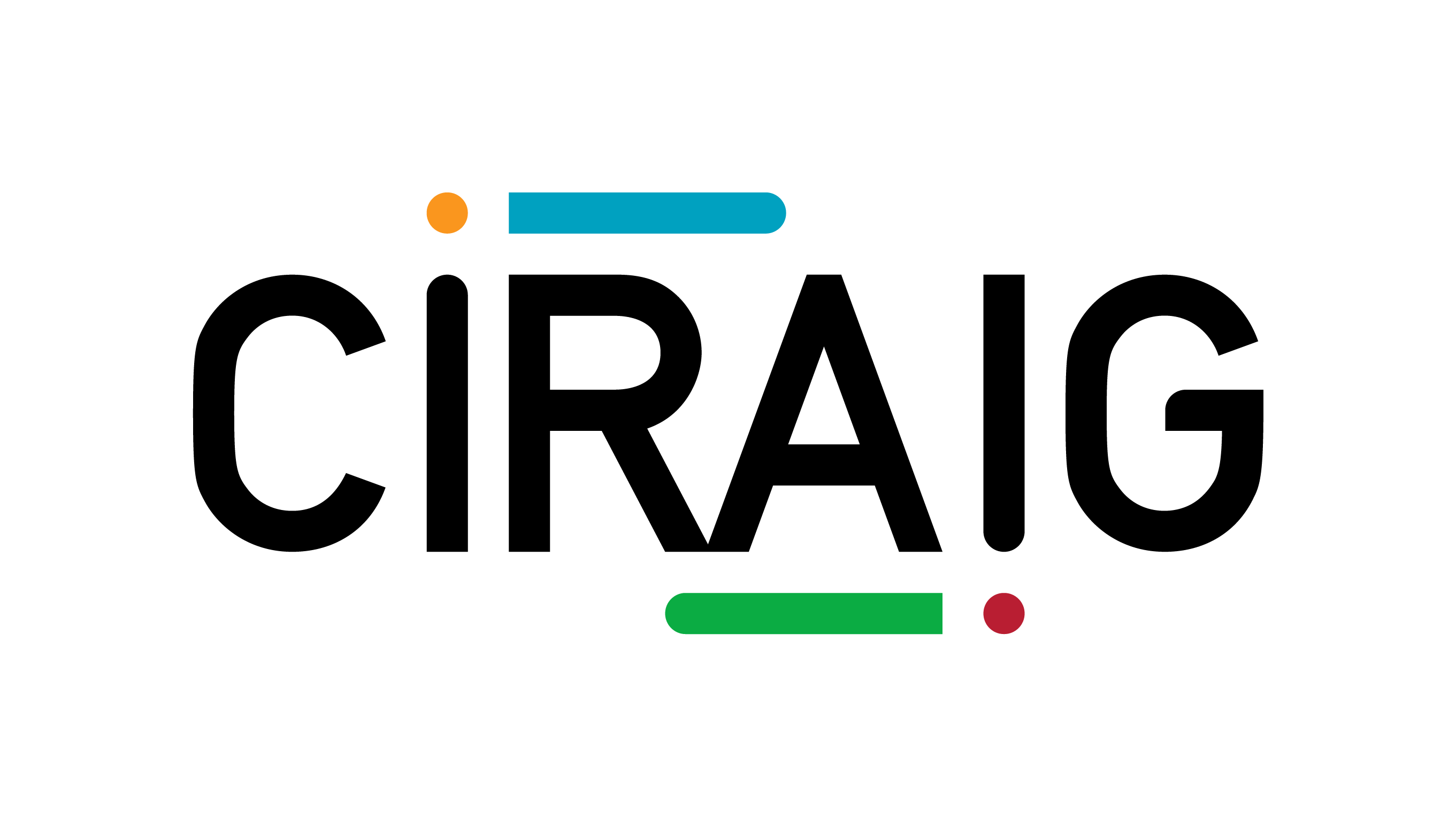Project
Circular Transition Indicators v4.0
Designed for business by business to unleash the transformative power of the circular economy, Circular Transition Indicators v4.0 offers a universal and quantitative framework for evaluating how circular a company is.

The CIRAIG has been involved in the advisory committee for this initiative since its beginning.
Context
Businesses are increasingly recognizing the circular economy as a crucial building block in the transition to a net-zero and nature-positive world. But one key question remains: How can they measure their circular performance and its impact on sustainability in a consistent and reliable way? That’s where the Circular Transition Indicators (CTI) come in. Designed for business by business to unleash the transformative power of the circular economy, CTI offers a universal and quantitative framework for evaluating how circular a company is. Now in its fourth edition, CTI empowers companies to unlock the value of circularity and drive progress toward their sustainability goals. Explore what CTI can do for you:- Measure your impact: CTI enables you to quantify and communicate the climate and nature benefits of your circular initiatives.
- Strengthen your reporting capabilities: Provide investors and regulatory bodies with circular performance data based on the comprehensive CTI framework.
- Take action: CTI guides you toward actions to increase circularity within your operations. Identify practical steps to optimize resource use, limit waste and maximize your circular potential.
CTI version 4.0: what is new?
CTI v4.0 includes updates to its Impact of the Loop module which helps companies prioritize circular strategies in light of their impact on the company’s sustainability targets. In this version, we update greenhouse gas (GHG) impact with a methodology to measure the impact of using higher value inflows (reused, refurbished, remanufactured content) and enabling the recovery of outflows on material carbon footprint CTI v4.0 includes a new indicator to measure impact on nature. CTI v4.0 begins this important work focusing on a key pressure on nature loss: land use. This report provides a methodology to measure land use impact of circular sourcing strategies. CTI does not constitute a complete assessment of sustainability performance where better frameworks exist, like LCA. But it gives a first insight on the link between circularity and potential environmental benefits.In collaboration with
We use cookies on our website to give you the most relevant experience by remembering your preferences and repeat visits. By clicking “Accept”, you consent to the use of ALL the cookies.
Manage consent
Privacy Overview
This website uses cookies to improve your experience while you navigate through the website. Out of these, the cookies that are categorized as necessary are stored on your browser as they are essential for the working of basic functionalities of the website. We also use third-party cookies that help us analyze and understand how you use this website. These cookies will be stored in your browser only with your consent. You also have the option to opt-out of these cookies. But opting out of some of these cookies may affect your browsing experience.
Necessary cookies are absolutely essential for the website to function properly. This category only includes cookies that ensures basic functionalities and security features of the website. These cookies do not store any personal information.
Any cookies that may not be particularly necessary for the website to function and is used specifically to collect user personal data via analytics, ads, other embedded contents are termed as non-necessary cookies. It is mandatory to procure user consent prior to running these cookies on your website.
Your subscription could not be saved. Please try again.
Your subscription has been successful.





